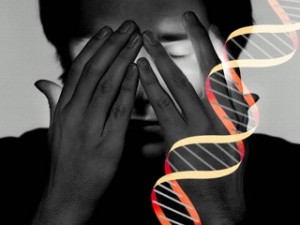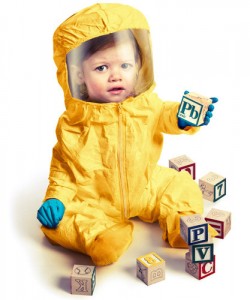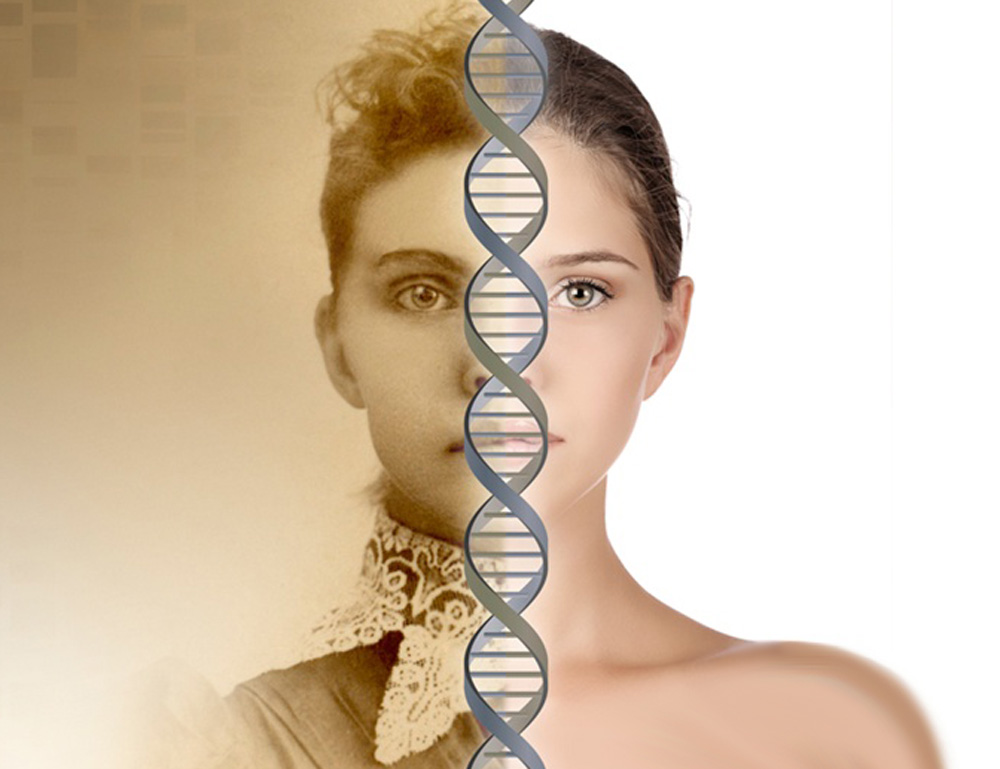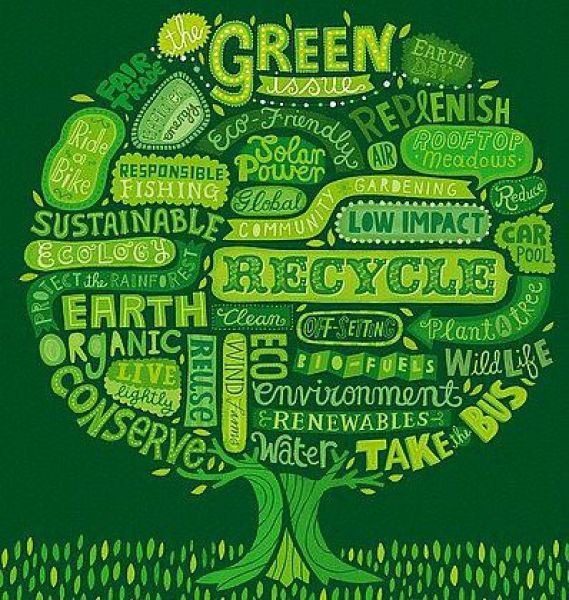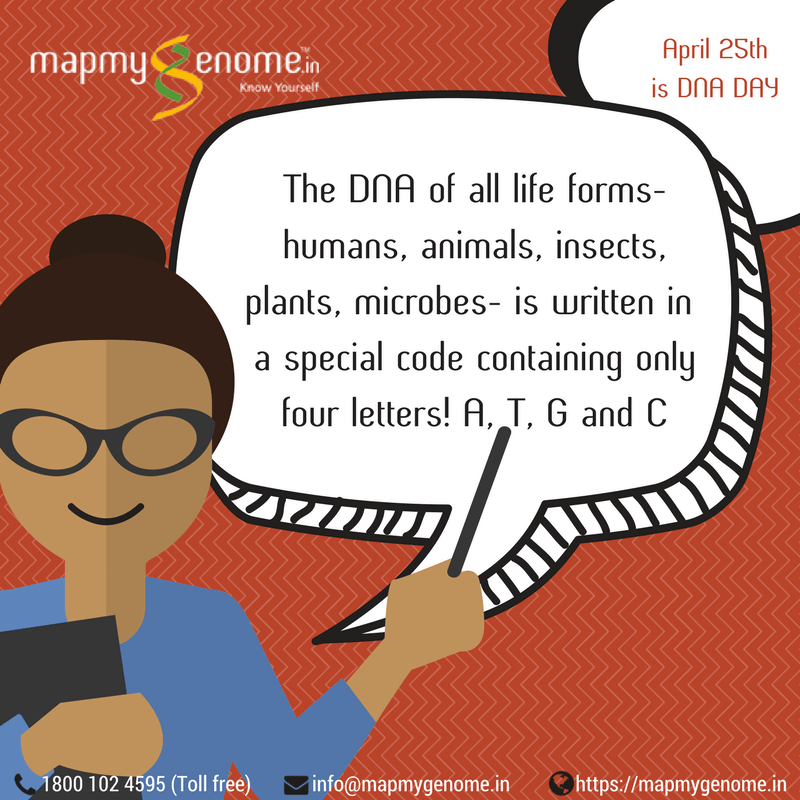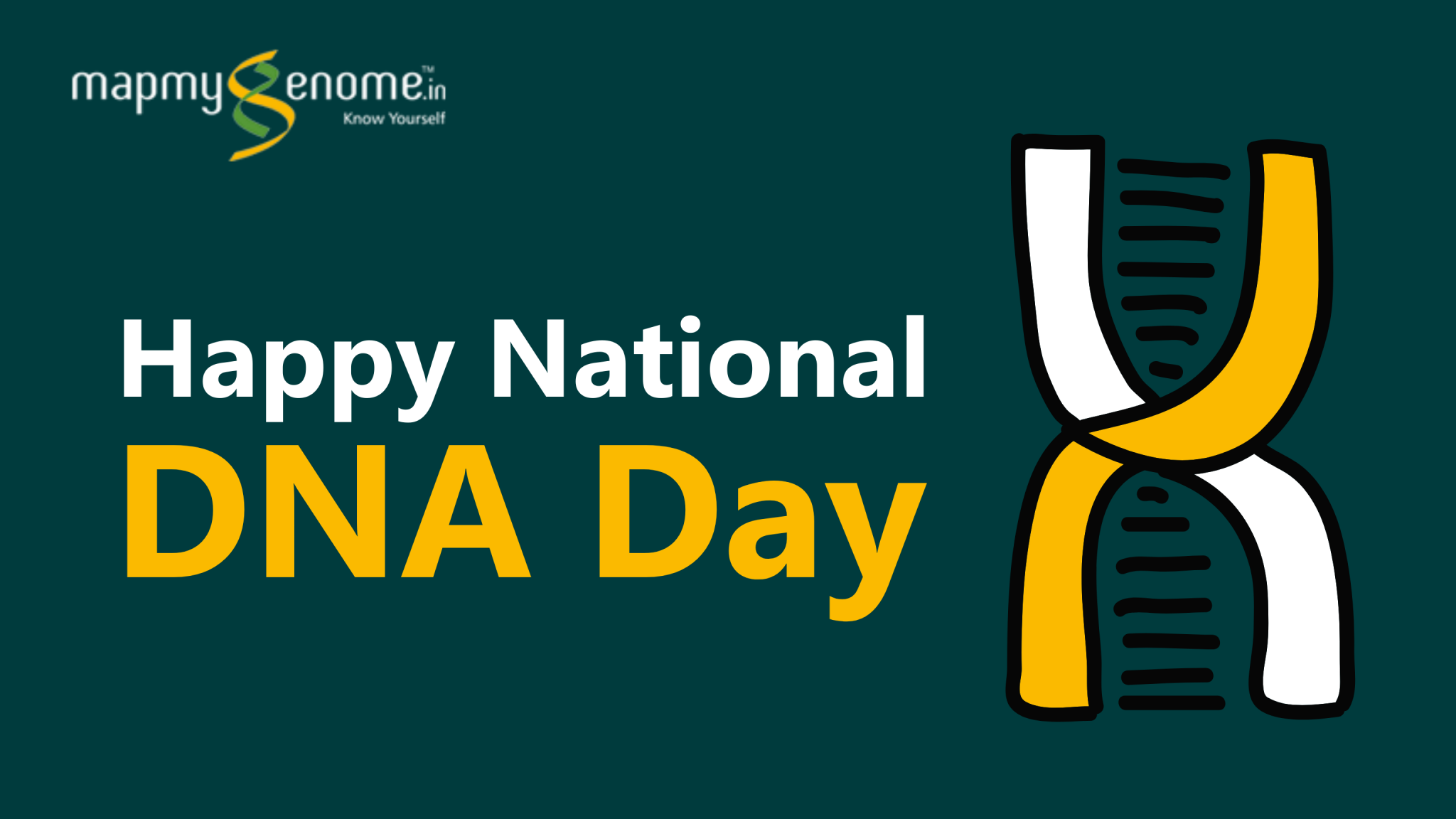
BACKGROUND : Green Environment – Clean Environment! You see it everywhere, and hence naturally assume that it refers to trees and plants. But does the term “environment” refer only to flora and fauna? There is a social, a physical aspect of it that affects our lives in many ways.
We have known for years that diseases run in families, but it was only with the advent of genetic studies, that we began to understand how specific genes affect health. Research showed that certain diseases, like cystic fibrosis, developmental delay, and sickle cell disease, are caused by single gene mutations. However, it slowly became apparent that multiple genes, are responsible for complex diseases including diabetes and hypertension, psychiatric and neurological disorders, substance abuse and (alcohol and drug) dependence. But, genes are only small players in the bigger picture. Our living conditions or environment are critical contributors and triggers for our health outcome.
This month is dedicated to creating awareness about our environment.
Let us understand a bit more about its fragile interaction with our genetic make up.
Genes are key to survival – and our environment is our only hope of influencing them.
Many genes influence our risk of developing diseases, and whether or not that risk converts to a health condition depends heavily on the complex interaction between our genes and the environment. Certain surroundings are known to increase our risk of physical or mental health disorders; specifically for people who have a high genetic predisposition to them. On an average today, the pollution levels have increased a lot. “Delhi Pollution Levels a Death Sentence” – a statement from a renowned military doctor about India’s ‘choked’ capital city. Prolonged heat or cold events also create chronic stress situations that can further aggravate health problems, particularly in populations prone to stress-related disorders.
Over time, scientists have found that rare gene changes (or mutations) as well as small common genetic variations are associated with autism, which indicates that autism has a genetic contributor. A study states that autism may be triggered by a mother’s exposure to environmental agents such as air pollution or pesticides while pregnant. This in turn, could lead to the child’s development of the disorder. Other complicated conditions being researched on similar lines are Parkinsons and Breast Cancer.
Research on gene-environment interactions state that children experiencing highly stressful environments are more likely to become depressed as adults – especially if they also express a gene that influences serotonin levels. Individuals experiencing similar strenuous conditions but devoid of this genetic variation are able to cope up easily in these situations. Clinical studies provide evidence that indicate stressful or traumatic events early in development have long-lasting effects on brain development. The neural and endocrine systems, responsible for moderating the response to stress undergo severe change post a difficult childhood.
A genetic risk CAN BE AGGRAVATED by specific conditions during early stages of development. NIH researchers found that female monkeys with a certain gene preferred to drink alcohol more than others. If these monkeys grew up in an open environment, devoid of family care and concern – they would definitely become more avid drinkers. These studies, in which researchers are able to control the environment, allow us to understand how gene-environment interactions can lead to diseases in an animal model that closely resembles humans. Families that have one parent as a chronic smoker or alcoholic, have to take greater precautions while raising their children. As, the offspring in this case may have a higher familiarity towards substance abuse. Their environment/ nurture becomes an essential determinant of their actual lifestyle.
Scientists studying rats discovered that the nurturing manner of rat moms toward their newborn pups – ‘how they nurse, lick and groom the pups’ – affects the response of the offspring to stress. Maternal nursing influences the activity of genes in the babies – specifically, ones involved in stress response. This is a true example of how nurture prepares you for nature. The upbringing of an individual helps them adapt to the dynamic environment. Our living conditions are influenced by climate change, extreme weather events, migration – a lot of stress causing factors. Added to this, is the loss of friends and family that are unable to cope up with this change. Research on rats, provides further insight on how maternal nurture has the ability of influencing and educating your genes before they interact with real life situations.
Toxic environment is another huge factor contributing to towards disease and disorder . Studies with children have shown that exposure to lead contributes to risk for brain dysfunction. Exposures to certain pesticides and industrial chemicals increase the risk of developing ADHD in children. But the environment does not pollute itself. We dump industrial waste into our rivers, we have increased the use of pesticides and chemicals. By cutting down trees, extending human habitat, not using the natural resources judiciously – we have affected the environment severely. Now the toxin laid water bodies harm aquatic life and our drinking water reserve. The air we breathe is filled with pollutants, and the chemicals/toxins around us affect our very fertility. By not being considerate about our environment, we have not just severed our ties with nature, but also drastically affected the same for our future generations.
“Epigenetics is the study of heritable changes in gene expression (active versus inactive genes) that does not involve changes to the underlying DNA sequence — a change in phenotype without a change in genotype — which in turn affects how cells read the genes.” The word itself means means “on top of/ in addition to genetics,” in other words, factors outside the genetic sequence. Epigenetic factors (histone modification and DNA methylation) are able to ‘switch genes on or off and determine what proteins are transcribed’. They are involved in several cellular processes and epigenetic changes are considered to be a natural step in human development. Certain modifications can however lead to diseases such as Cancer, Mental retardation, Neurodevelopmental disorders, Cardiovascular diseases, Type-2 diabetes , Obesity and Infertility. Environmental exposure also contributes to changes in epigenetic pathways. As these (epigenetic) changes are subtle (not easily detected) and progressive, it is quite difficult to understand the complicated relation between epigenetics and the environment. Some factors that have been noted to cause these changes include – heavy metals, such as cadmium, vinclozolin, a widely used pesticide , folate and methionine deficiencies and cigarette smoke.
A study based on Environmental Genetics can help in several ways
The identification of groups of individuals with high genetic risks (to diseases) due to environmental exposure will contribute towards more targeted screening, as well as more effective health maintenance strategies. We can develop more personalized, and thereby, more effective behavioral treatments like changing diet and exercise habits, professional help to cope with stress to neutralize the risks for people who have a higher genetic predisposition for it. Knowledge gained from research on gene-environment interactions can also be utilized to design more “user-friendly” living conditions that may potentially delay the onset or prevent the genetic risks for disease from materializing.
“In nature, nothing exists alone.”
Our healthy interaction with the environment ensures our survival.


